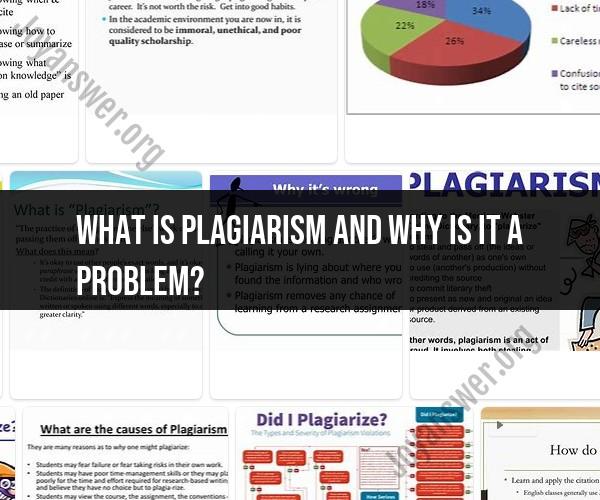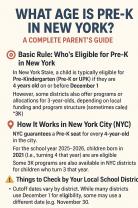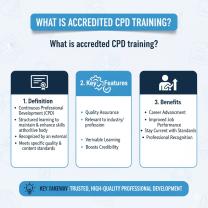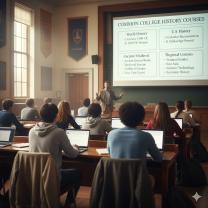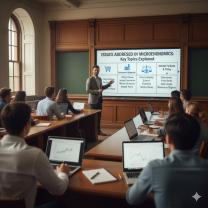What is plagiarism and why is it a problem?
Plagiarism is a serious academic offense that undermines the principles of honesty and originality. This guide explores the concept of plagiarism, its consequences, and the importance of upholding academic integrity.
Introduction to Plagiarism
Plagiarism refers to the act of using someone else's ideas, words, or work without proper attribution or permission and presenting them as one's own.
Types of Plagiarism
1. Copy-Paste Plagiarism
Directly copying content from a source without citation is a common form of plagiarism.
2. Paraphrasing Plagiarism
Paraphrasing without adequately rewording and citing the source is another form of plagiarism.
3. Self-Plagiarism
Using one's own previously submitted work without permission or proper citation is also considered plagiarism.
Consequences of Plagiarism
Plagiarism can have serious repercussions:
1. Academic Penalties
Students may face failing grades, course retakes, or even expulsion if caught plagiarizing.
2. Damage to Reputation
Plagiarism tarnishes an individual's reputation, affecting their credibility and future opportunities.
3. Legal Consequences
In some cases, plagiarism can lead to legal action if copyright infringement is involved.
Promoting Academic Integrity
1. Proper Citation
Always cite sources accurately, giving credit to the original authors for their contributions.
2. Time Management
Manage time effectively to avoid rushing and resorting to plagiarism due to deadline pressures.
3. Originality and Critical Thinking
Cultivate your own ideas and viewpoints through critical thinking and research.
Prevention and Tools
Utilize plagiarism detection tools and software to identify potential instances of plagiarism in your work.
Conclusion
Understanding plagiarism and its negative impact is essential for maintaining academic integrity. By respecting the intellectual property of others, citing sources properly, and valuing originality, we contribute to a culture of honesty, respect, and responsible scholarship.
